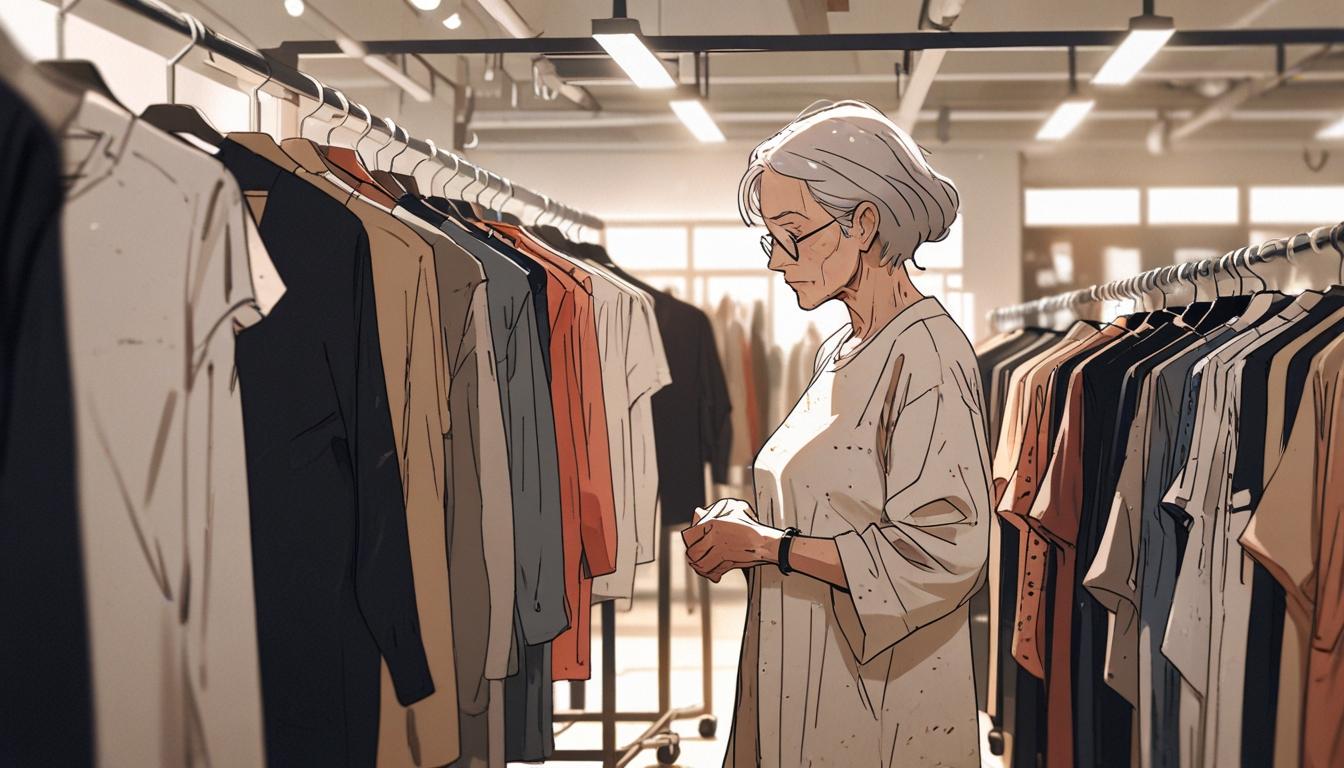The relaunch of i-D and the exhibition of The Face highlight the evolving relationship between print media and contemporary culture.
In the evolving landscape of print media, iconic British magazines i-D and The Face are experiencing significant transformations, capturing the attention of culture enthusiasts and the fashion-forward. Established in the early 1980s, both magazines have played monumental roles in shaping cultural dialogues around music, fashion, and nightlife.
i-D magazine, originally founded in London in 1980 as a hand-stapled fanzine, gained a reputation for spotlighting emerging talents on its covers, featuring figures like Kate Moss and PJ Harvey over the decades. After its acquisition by Vice Media in 2012, i-D struggled amidst the media conglomerate’s financial troubles, eventually leading to Vice’s bankruptcy in 2023. The magazine was then purchased by supermodel Karlie Kloss and her company, Bedford Media. On Monday, i-D marked a new chapter with a relaunch under the direction of Thom Bettridge, a seasoned editor with a diverse background in publications like 032c and Interview. The debut cover features 18-year-old Enza Khoury, a high school student and activist from Chagrin Falls, Ohio, who was selected through a nationwide talent search. The decision to feature Khoury, dressed in Gucci, has been noted for its progressive stance against the trend of established publications gravitating toward major celebrities for cover features. A limited-edition cover showcasing fashion icon Naomi Campbell, who graced the magazine’s cover in its early days, further emphasizes i-D’s commitment to honoring its legacy while stepping forward.
Meanwhile, The Face, founded in the same year as i-D by Nick Logan, has seen a resurgence since its revival in 2019 after ceasing print publication in 2004. Recently, the National Portrait Gallery in London unveiled “The Face Magazine: Culture Shift,” an exhibition curated by Sabina Jaskot-Gill alongside former Face art director Lee Swillingham and photographer Norbert Schoener. The exhibition not only revisits classic material from the magazine’s extensive history but also introduces more obscure works, creating a rich experience for visitors. The inclusion of music throughout the display further enhances the ambiance, allowing for a nostalgic dive into the magazine’s influential past, which remains relevant to today’s cultural conversations.
As younger audiences seem increasingly drawn to print media again, both i-D’s relaunch and The Face’s exhibition underscore a shared commitment to inspiring artwork and editorial content. The featured vintage issues of The Face, collectible in their own right, are drawing interest with a considerable lot currently listed for sale, highlighting the ongoing affection for print culture. As the revival journeys of these two publications unfold, they may pave the way for new stories in media, reflecting the dynamic exchange between past influences and contemporary expression.
Source: Noah Wire Services




